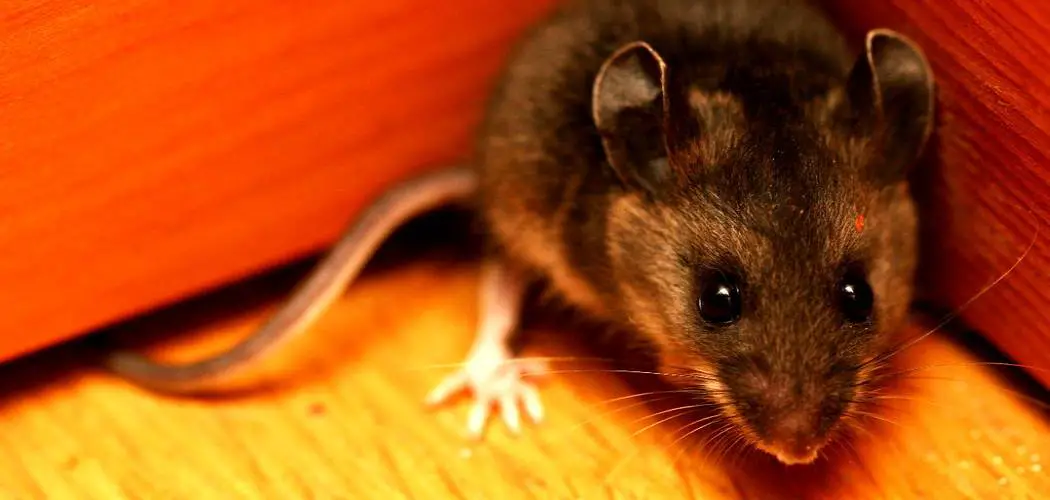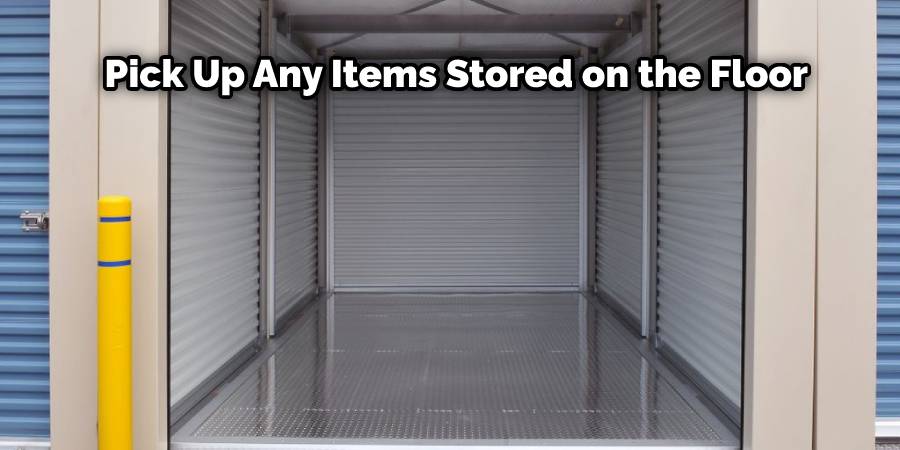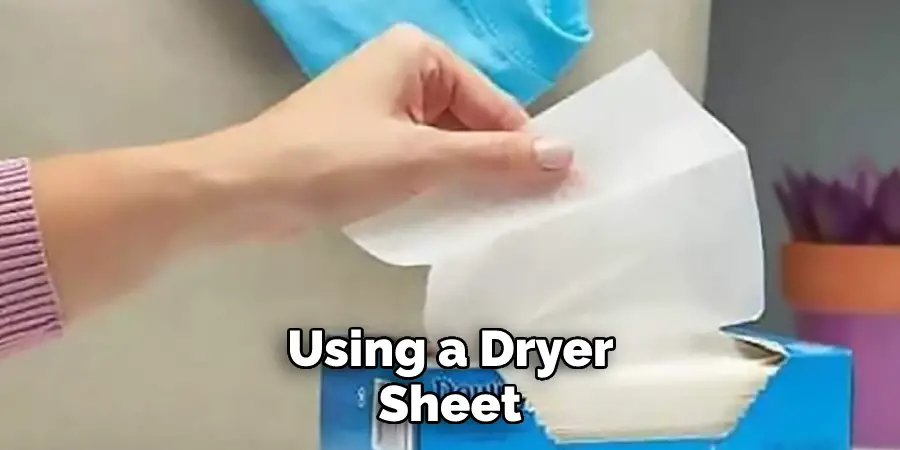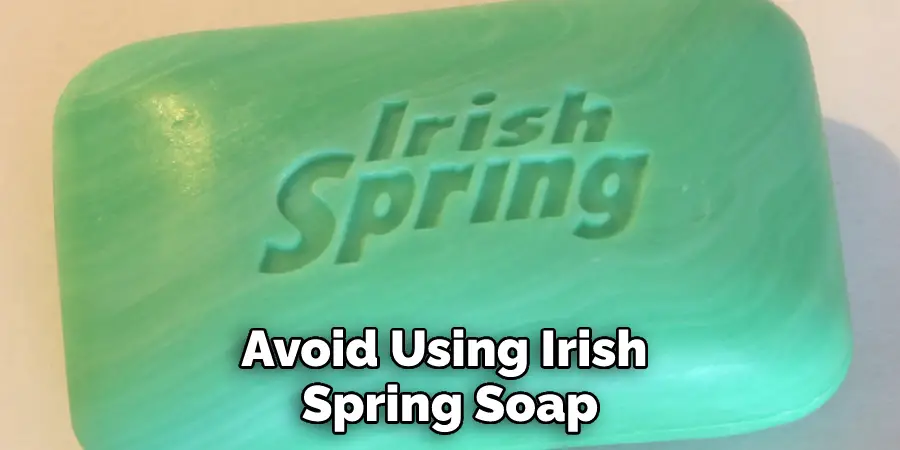Mice can be a real nuisance, and they can also cause a lot of damage to furniture. If you’re going to be storing furniture for an extended period, it’s essential to take steps to protect it from mice. In this article, we’ll discuss some tips on how to protect furniture in storage from mice. Stay tuned!

Mice are not that easy to get rid of, and they can be destructive. For example, mice will often urinate on any area where they like to live or nest, which means your furniture is at risk for urine stains and odors. They also have sharp teeth, which can easily chew through any fabric or upholstery. This is much more to worry about than the typical problems associated with storage.
Summary: To protect the furniture in storage from mice, consider setting up traps and baits, sealing all possible entry points to the storage space, and using peppermint oil as a deterrent. Additionally, padlock the entrance to the storage area if using an outdoor unit. Place items on sturdy shelves or platforms above the floor to keep them out of reach of rodents.
7 Ways How to Protect Furniture in Storage From Mice
Way 1: Prepare Storage Unit for Pest Control
Wipe clean, and vacuum all surfaces to remove dirt and debris (mainly focus on crevices, corners, and behind furniture). If using a commercial cleaner, check the manufacturer’s instructions for proper usage and any safety precautions to consider.
When cleaning small items such as glassware or dishes, inspect them gently with a soft bristle brush before placing them into storage. There are no signs of pests or eggs in cracks or around rims where microbes have been unable to reach.
Store wrapped food in airtight containers with secure lids so mice cannot access your food inside the unit. Make a note of what you’ve stored so that you can re-stock the following month without having to open the unit.

If mice are particularly attracted to what you are storing, place mouse traps near your stored items before closing up the unit for storage.
Place any scented materials (dryer sheets/balls, cedar blocks/balls, lavender sachets) around or on top of items in storage. This will help mask any unwanted odors that may attract rodents and provide a more pleasurable scent for you when you unpack later on!
Way 2: Wrap Furniture With Plastic
Wrap all furniture with plastic or foil, making sure to overlap to prevent any gaps where mice could enter. Secure the tape on each side of the furniture to not come off during storage.
If wrapping up mattresses and pillows, use a fabric cover instead of saran wrap so you can reuse them later. Please make sure they are dry before wrapping for this method to be most effective!
When storing wrapped items, stack them vertically with plenty of space between each piece so air cannot circulate and cause mold growth while packed away. If necessary, use cardboard or sealed milk cartons between layers of wrapped furniture to avoid squishing your belongings together too tightly and crushing delicate items.
Wrap glass or plastic furniture (bookcases, tables, chairs) in heavy-duty trash bags before storing them away to avoid rusting metal parts, so you can see the items inside the storage unit more easily without unpacking.
Store heavier pieces at the bottom of your unit, so it is easier for you to get things out when you want them later on down the line! Use smaller, lighter items higher up to minimize bending over when unpacking.
Once prep work is complete, close your door securely with a strong lock or chain and padlock tested multiple times by the manufacturer. If the door won’t close all the way, place tightly-fitting weather stripping around the unit to seal any gaps.
Way 3: Do Not Store Food In Storage Unit
Do not store food in the storage unit, regardless of how well it is wrapped or sealed! If mice can smell your food, they will do their best to wriggle their way into the area where it is stored.
Mice are attracted to all types of food, including grains, nuts/seeds, dried fruit, pet treats, and even human baking ingredients like flour and chocolate chips.

Keep counters free of crumbs after meal preparation before packing away; remember that mice will also eat anything you don’t!
If possible, keep fresh foods on hand while unpacking to avoid opening up your unit more than necessary. Also, make sure your fridge/freezer is plugged in if there isn’t one already – this will help keep perishables fresh just in case the power goes out while you are storing your belongings.
If there is an appliance that more than one person might use for cooking, store it outside the unit to prevent mice from infesting it while unpack time is limited.
Way 4: Elevate Your Furniture
Place your wrapped and stored furniture on sturdy wooden pallets or crates to keep it off the ground and away from the reach of mice.
Pallets can be homemade using scrap wood like old treated fence pickets, 2 x 4’s, and screws (be sure to sand down any rough edges afterward). Or you could purchase wooden ones at a local hardware store for relatively cheap that will last for multiple moves.
Stack unpacked boxes around larger pieces if necessary to keep them elevated above ground level – like when placing items on garage storage racks. Please make sure the boxes aren’t precariously placed but large enough that they cannot be knocked over by an errant door swing or clumsy movers!
Way 5: Keep Your Storage Unit Clean!
Mice are drawn to food, so keeping your storage unit clean will significantly impact keeping them out.
First of all, don’t store dirty items in the unit, especially things used for cooking or containing oils and grease from cleaning products. Mice can smell these scents from a mile away and will take up residence as soon as they get active at night!
Stack boxes neatly along all four walls, so there is minimal space between them. Containers should be packed tightly with nothing sticking out of the top or sides where mice could get inside more leisurely.
Make sure you pick up any items stored on the floor before sealing the door, so there are no accessible entrances left open. Mice can slip into your unit through spaces less than 1/2″ wide, so be mindful of air vents in the floor and any small holes leading to pipes or wiring.

If you see signs of mice infesting inside your storage unit (droppings, chewed food boxes, or insulation), don’t delay in calling in an exterminator! If possible, find someone who offers PolyPhoric Acid Vapor (PAV) treatments, which are safe for use around humans and pets when applied correctly.
Way 6: Pest Control During Storage
To prevent mice from becoming a problem while storing your belongings, use an environmentally-friendly pesticide to kill off the existing population.
If you live in an area with frequent rain or high humidity levels, using a residual-type product will be best suited to control the existing rodent population and prevent future infestations for several months. Be sure to ask if it can be used around food storage areas AND what measures need to be taken when unpacking.
Insecticidal dust like Drione, Delta Dust, and Borid Turbo are applied into nooks and crevices where mice could get inside. These products don’t provide much residual activity, but long-lasting results can still be achieved by reapplying after heavy rain or extreme weather events.
Poison bait can also control the existing population if an exterminator is unavailable – use only products labeled for indoor use and place them in areas where mice are active (inside of boxes, containers of clothing, wood beams, etc.). It’s best to consult with a professional before using any rodenticides since some more effective ones cannot legally be used inside storage facilities due to government regulations.
Way 7: Regular Inspections
It’s essential to inspect your storage unit regularly to spot any pests that may have moved in.A little bit of diligence can save you lots of headaches and money by catching any early issues.

During the summer months, take advantage of the nice weather to perform routine inspections at least once a week – but more often if possible! Use a good flashlight and be thorough so there aren’t any drawers, boxes, or corners left unchecked where mice could be hiding.
Remember: Mice can squeeze through tiny holes, so don’t assume because you cannot see an opening; they cannot fit inside either! If you find evidence of mice (droppings, chewed food boxes, etc.), consult an exterminator immediately about available treatments to keep the mice out of your unit. These ways will help in how to protect furniture in storage from mice.
How to Keep Mice and Pests Out of a Storage Unit?
Keeping pests out of a storage unit is essential to keeping your stored possessions safe and secure. Regularly cleaning the space and sealing any cracks or gaps in the walls can help deter rodents from entering the unit.
Additionally, using pest control products such as rodent repellents, traps, and baits can help prevent mice and other pests from invading your property. Lastly, regularly inspecting your stored items for evidence of infestations will ensure that a professional pest control company quickly addresses any signs of mouse activity, if necessary.
How Do You Know if Mice Are in Your Couch?
Mice are often present in couches, as the fabric and stuffing provide a warm and safe environment for them. To tell if mice are present, look for small droppings on the floor or near creases in the couch cushions.
Unusual noise inside your couch might also indicate that mice live inside it. Additionally, you may notice an unpleasant smell that is common when rodents live in furniture. If any of these signs exist, it is likely that mice have made their way into your couch.
Frequently Asked Questions
Do Dryer Sheets Keep Mice Away?
The effectiveness of a dryer sheet in keeping mice away will vary depending on the situation. However, a few key points to keep in mind when using a dryer sheet to deter mice include:

1. Always read the label before using a product – Always read the label before using any product, especially when it comes to items that are meant for your home. Some products may have harmful side effects if used incorrectly and could even harm you or your pets.
2. Test the product first – Before using a dryer sheet anywhere in your home, test it out on a small area first to make sure that it is effective. This will help you avoid any potential complications or issues down the road.
3. Use a fresh dryer sheet each time – It’s important to use a fresh dryer sheet each time you use it in order to prevent any pests from getting trapped inside the fabric. If left unused, a dryer sheet can also start to smell unpleasant and attract pests.
4. Follow the instructions carefully – Always read the instructions carefully before using any product, especially when it comes to items meant for your home. Not following instructions could lead to potential safety hazards or problems with your equipment.
What Attracts Mice at Storage Unit?
Mice love to eat anything that’s new and exciting, which is why it is important to keep your storage unit clean. This includes removing all food items, toys, and other materials that could tempt a mouse. You can also place traps around the perimeter of your unit in order to catch any intruder(s). Once you’ve captured the mouse or mice, you should release them back into their natural environment, where they will eventually forget about your storage unit.
Does Pine Sol Keep Mice Away?
While it is theoretically possible that Pine Sol could keep mice away, there isn’t enough research to support this claim. In fact, the opposite may be true – mice may be attracted to the scent of Pine Sol and turn into pests because of it. If you’re concerned about mouse activity in your home or garden, then a better solution would be to use an electronic rodent-repellent device like those made by the company RepellantSolutions.
These devices use radio frequency technology to send out a negative signal that repels rodents. They are safe for humans and pets, and they have been proven effective in controlling rodent populations in residential areas.
Does Irish Spring Soap Keep Mice Away?
Many people believe that Irish Spring Soap keeps mice away because of the presence of methylparaben and propylparaben. While these ingredients are safe for most people, some may be allergic to them or have sensitivities to them. If you’re concerned about this, it is best to avoid using Irish Spring soap around rodents or other small animals.

Conclusion
We hope you have learned how to protect furniture in storage from mice. The next time you store your furniture, be sure to keep it away from mice by following these tips. You can also use repellent or mouse traps to prevent them from entering the storage space and damaging your precious possessions. Remember that prevention is better than cure!

